After officially launching ground operations in southern Lebanon early this morning, the IDF revealed that more than 70 small raids had already been conducted by special forces since the war in Gaza’s onset, successfully targeting Hezbollah positions, tunnels, and weapons stockpiles that could have been used in attacks on Israel.
According to an IDF statement, troops carried out raids over the past few months on around 1,000 Hezbollah sites, some of which were located several kilometers beyond the border in southern Lebanon. These included weapons depots and tunnel networks situated both inside Lebanese villages and forested areas.
The IDF’s raids have been ongoing since the start of the Israel-Hamas conflict, with Israeli forces pushing Hezbollah’s elite Radwan unit away from the border. This allowed Israeli commandos to enter Lebanon undetected, often without encountering Hezbollah operatives.
As part of its operations, the IDF has also targeted Hezbollah sites from the air following ground raids. “These raids allowed us to neutralize potential threats before they could be used against Israeli civilians,” a military spokesperson said.
Military officials have reported that some 2,400 Radwan terrorists and an additional 500 Palestinian Islamic Jihad fighters were poised in southern Lebanon, awaiting an opportunity to attack Israel after Hamas’s October 7 assault. The IDF Northern Command had anticipated this threat and reinforced its defenses, launching strikes that pushed Hezbollah forces further from the border.
The small-scale raids, which sometimes lasted three to four days, have been instrumental in weakening Hezbollah’s hold in the region, according to the IDF.
Despite their success, military officials acknowledged the difficulty of fully dismantling Hezbollah’s arsenal. While commandos managed to recover a wide array of weapons, including machine guns, RPGs, and anti-tank missiles, they noted that these represented less than 1 percent of the group’s overall armaments.
“The soldiers faced challenging terrain, and while it was difficult to bring back all of the recovered weapons, many of them still took on the task,” an IDF official explained.
Recognizing that these commando operations alone would not be sufficient to meet Israel’s broader military objectives, the IDF has now launched a larger ground offensive involving an entire division. The goal of this new phase is to destroy Hezbollah’s infrastructure, particularly its tunnel networks, and prevent the group from using the border region as a staging ground for future attacks.
“We aim for this offensive to be as short as possible, lasting just a few weeks,” said an IDF spokesperson. The military made it clear that there is no plan to remain in southern Lebanon long-term but emphasized the importance of securing Israel’s northern border and ensuring Hezbollah cannot regain control of the area.
Despite the IDF’s progress, Hezbollah still possesses significant rocket and missile capabilities, as demonstrated by a barrage on central Israel Tuesday morning, which left two people wounded. Military officials stated that the IDF’s goal is not to eliminate every last rocket but to severely diminish Hezbollah’s firepower.
Looking ahead, the IDF also sees the possibility that its operations could lead to broader political shifts in Lebanon. By weakening Hezbollah’s influence, Israel hopes the Lebanese government may regain control of the south, reducing the Iran-backed group’s grip on the region. However, military officials remain cautious about predicting any long-term outcomes.
(YWN World Headquarters – NYC)

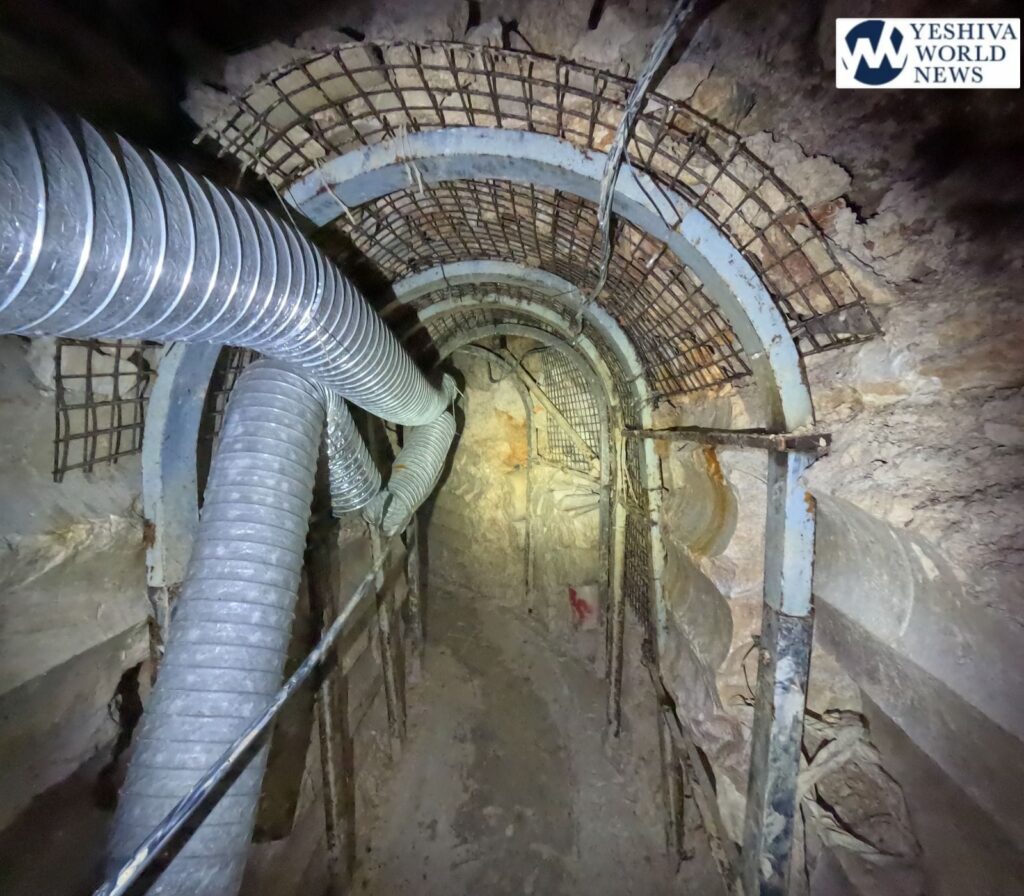
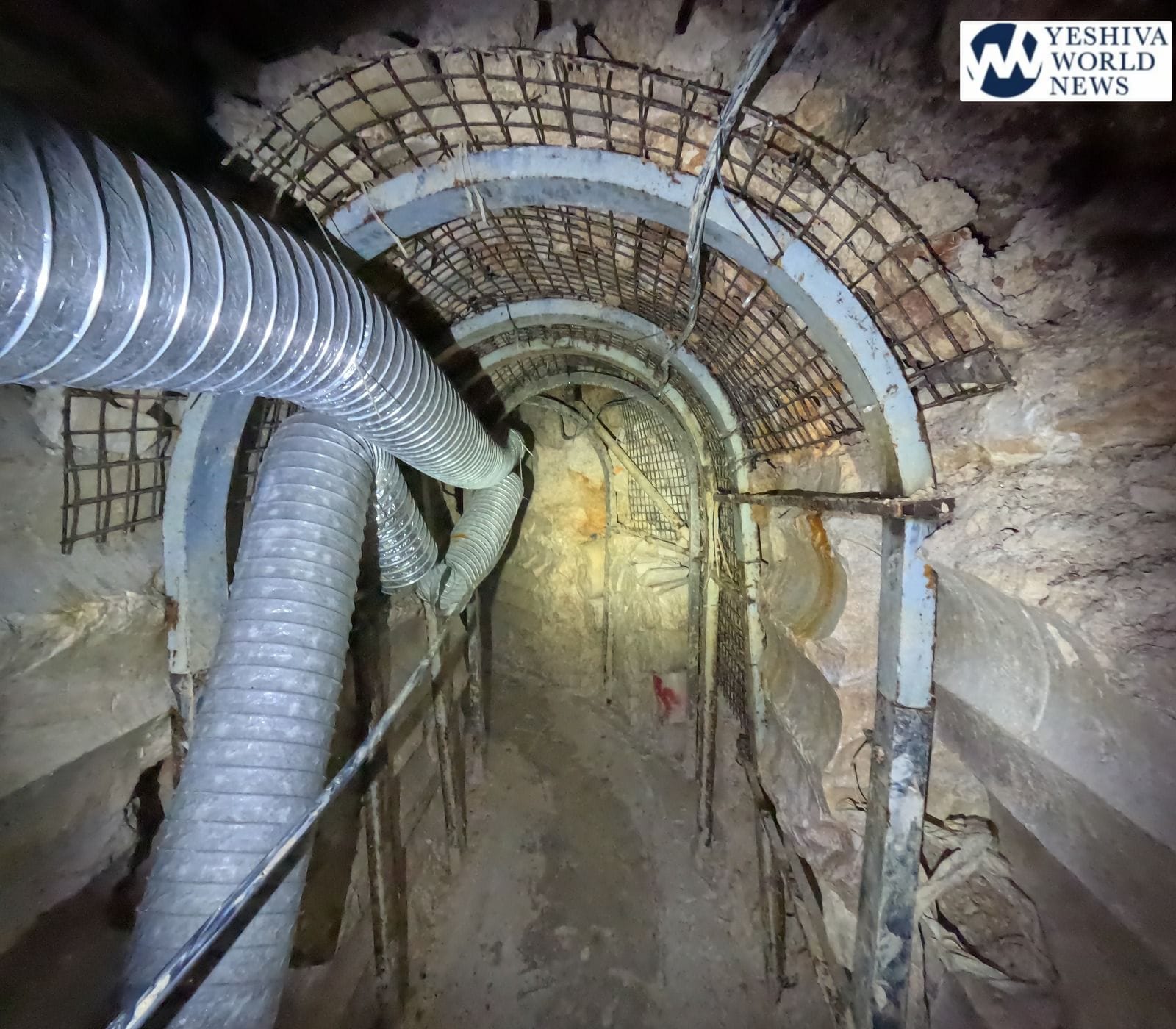
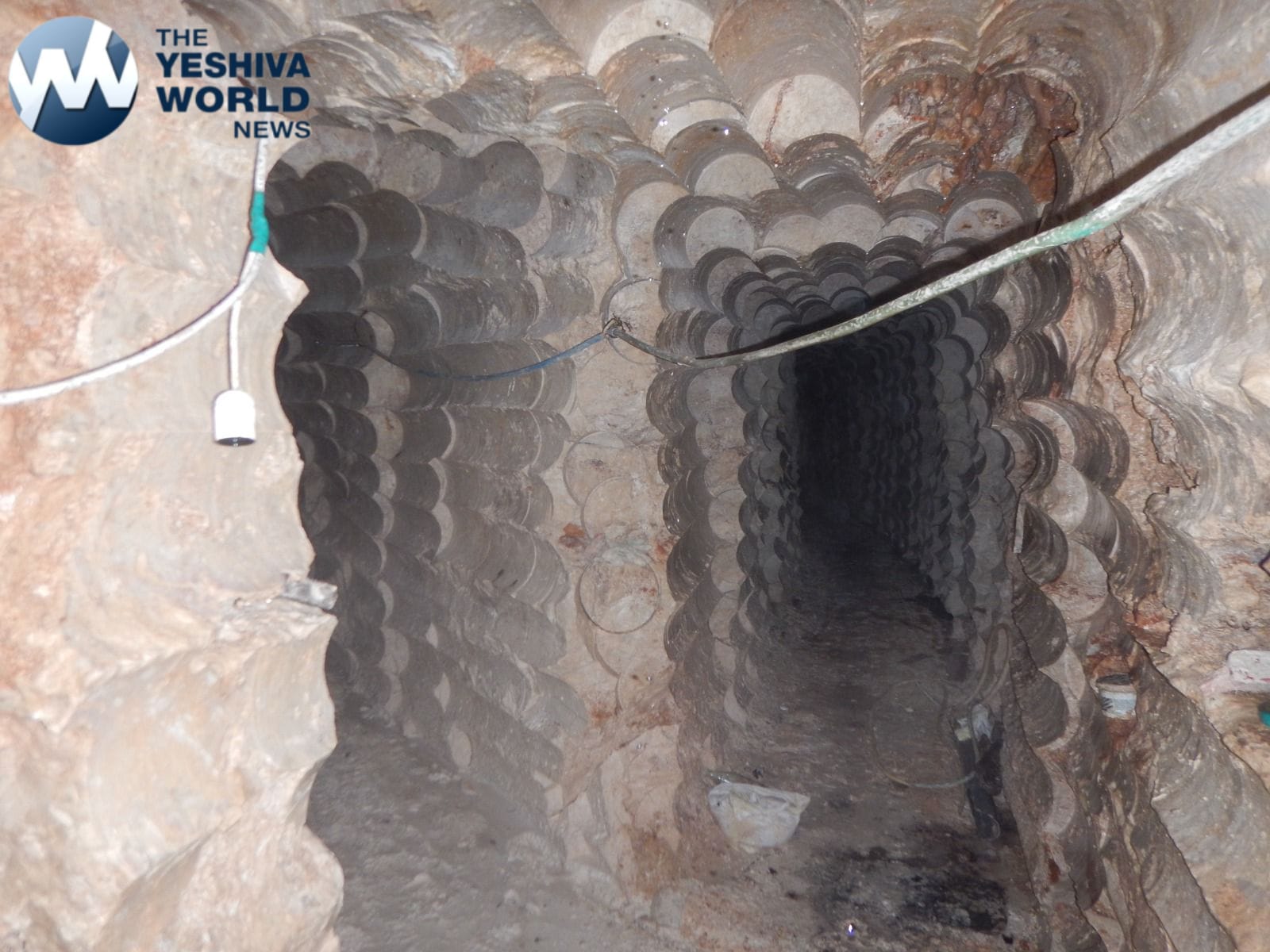
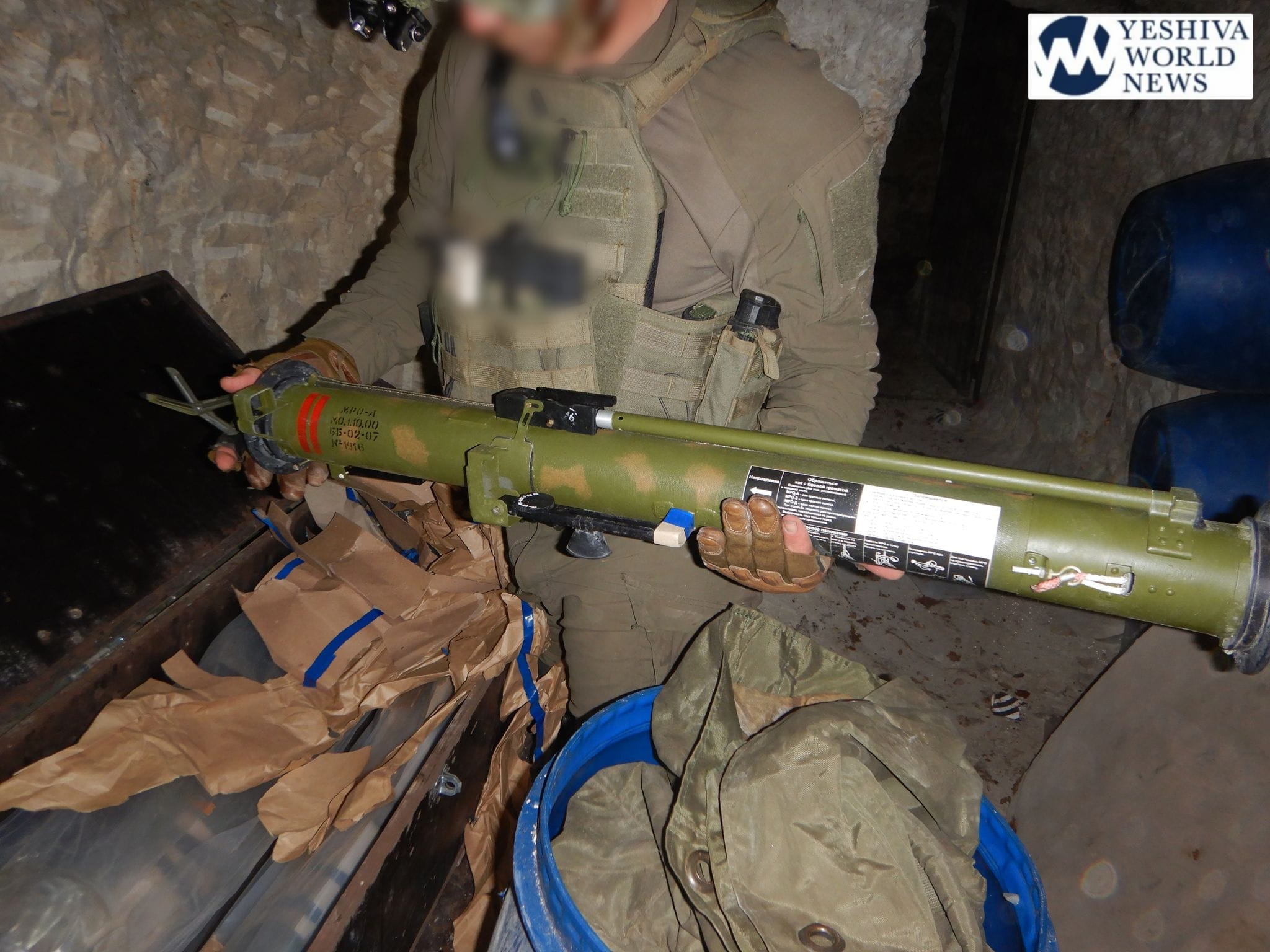
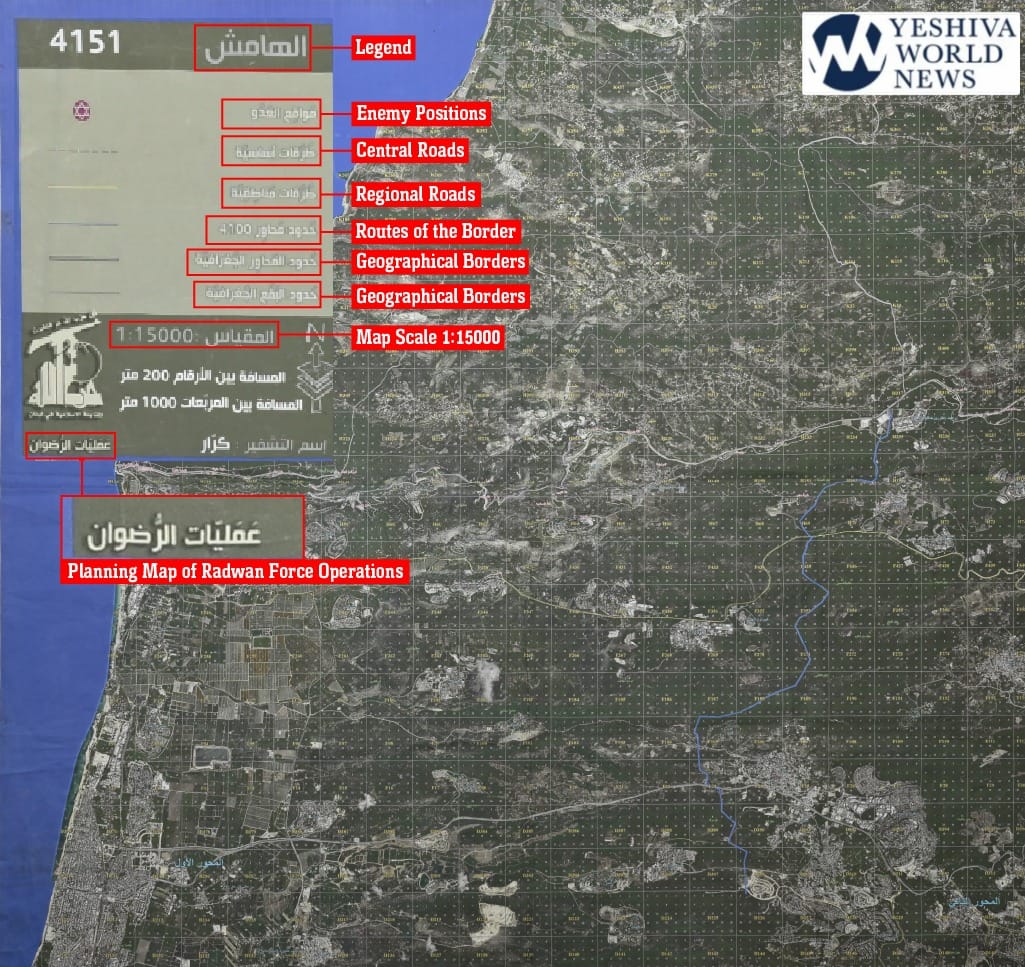
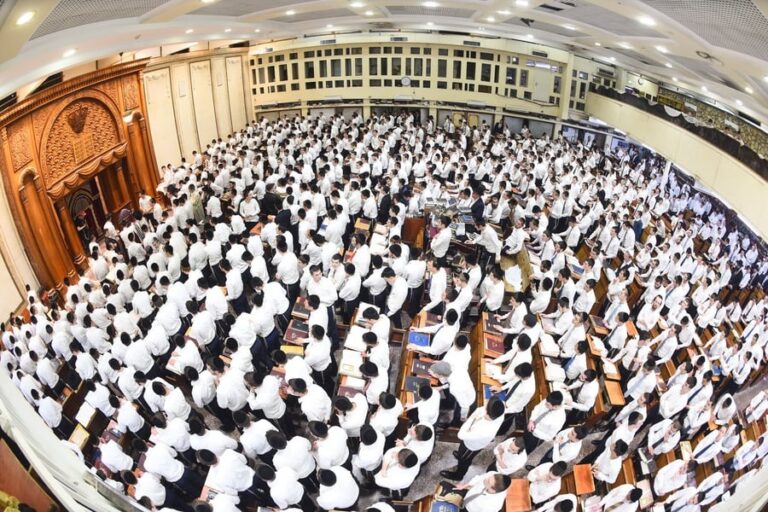

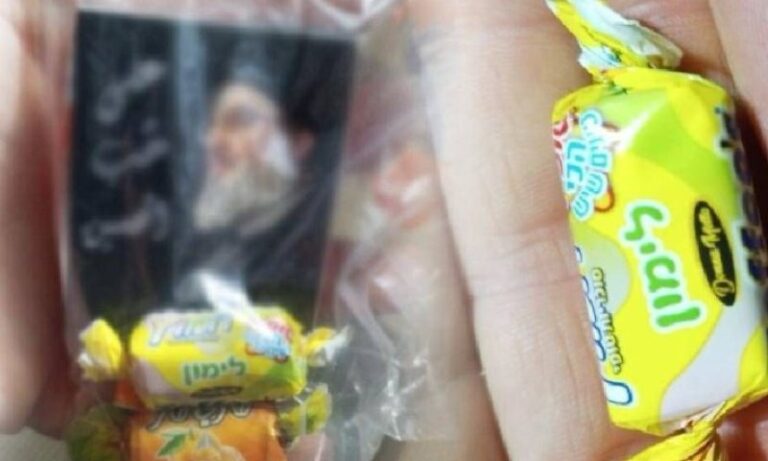
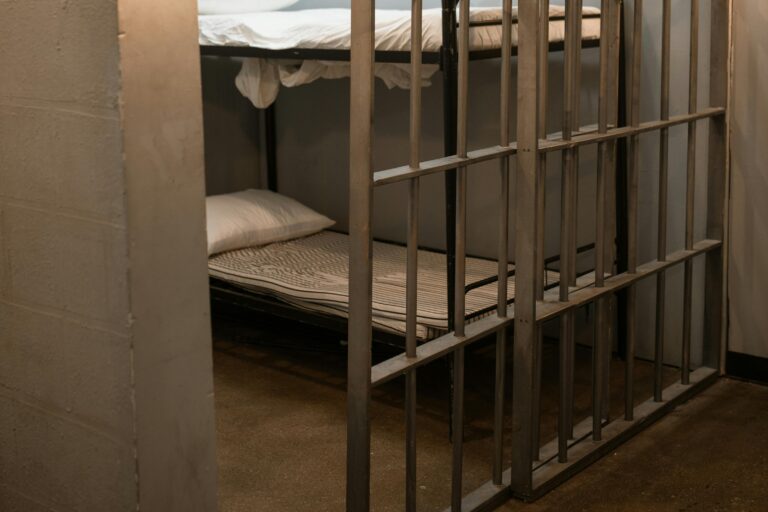
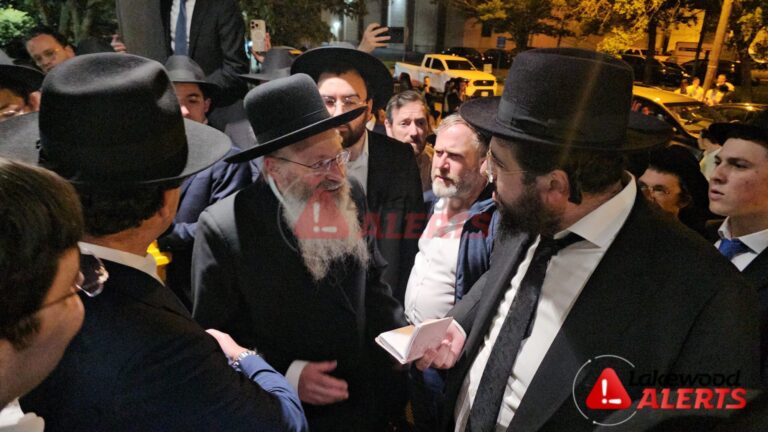

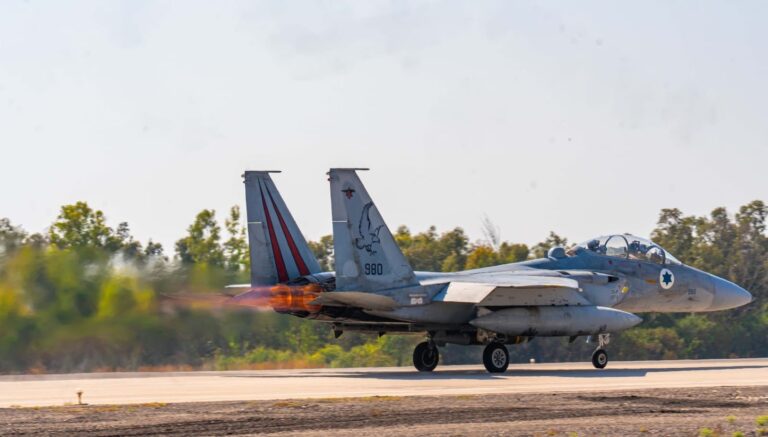
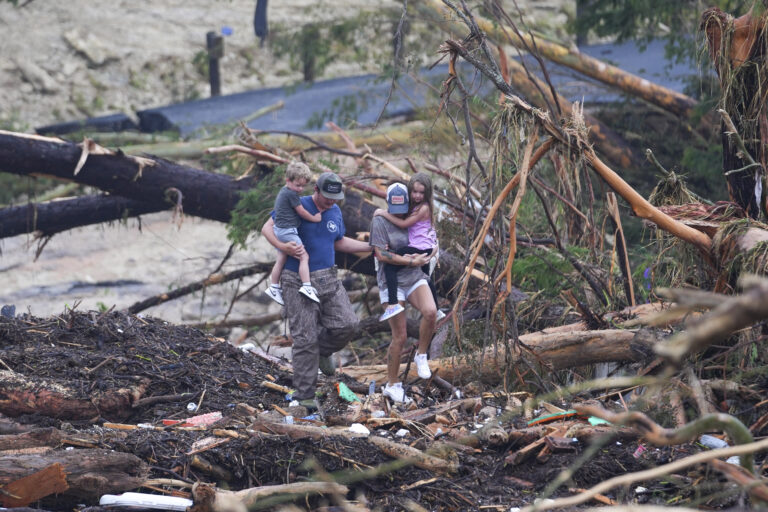

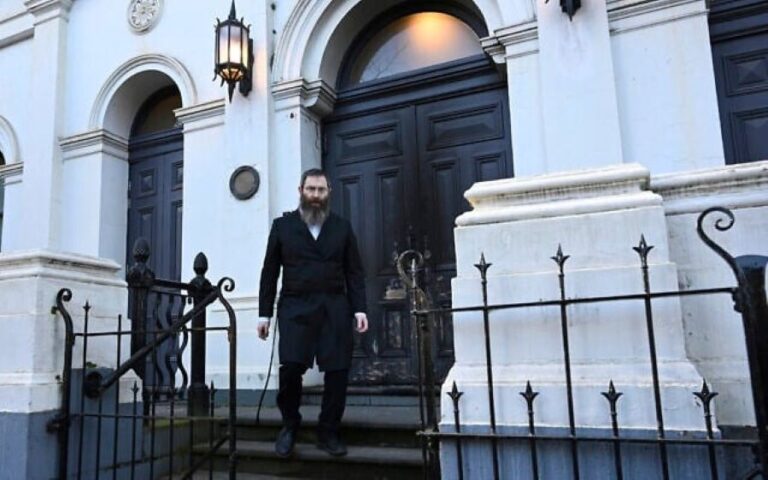
One Response
why hasnt Bibi bombed the Beirut airport where Hezbollah reinforecements come from?